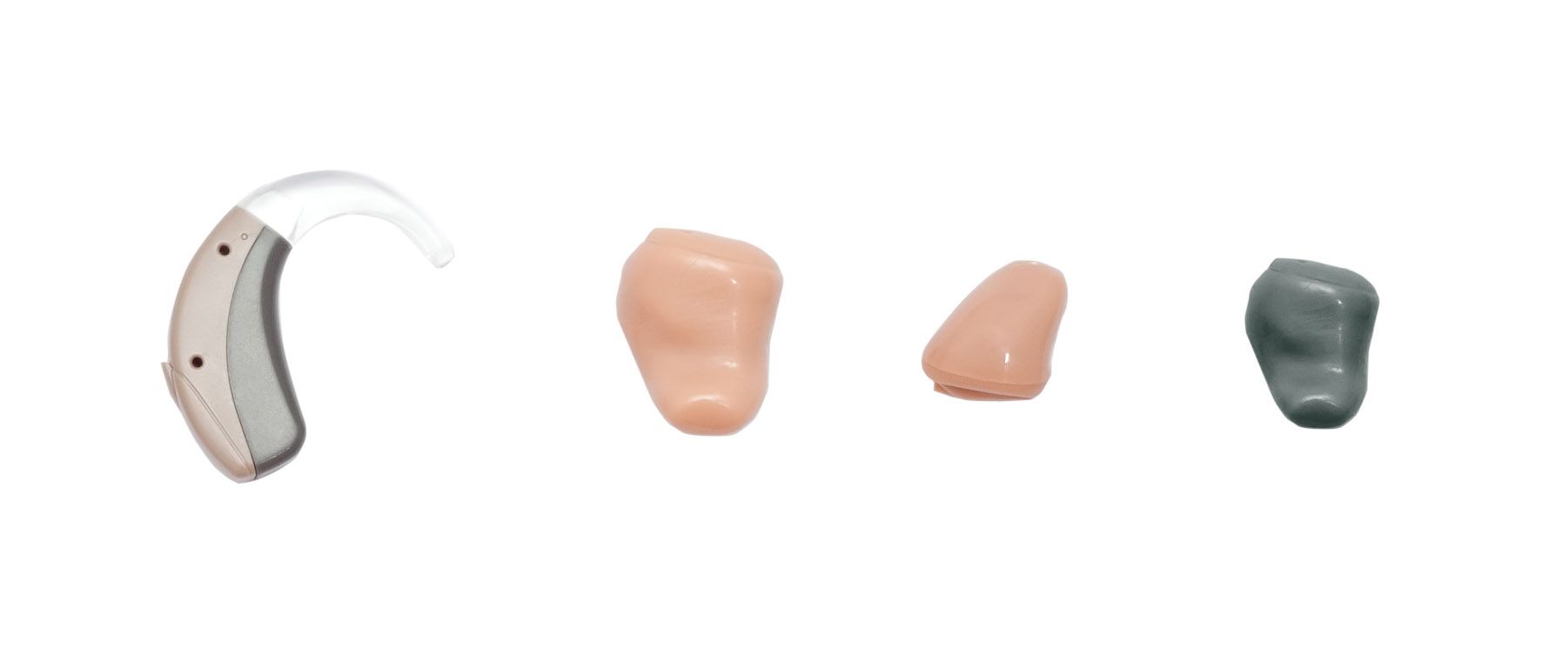Audiology and Hearing Aids
Hearing loss can have a significant negative impact on your overall quality of life. The condition can develop so gradually that many individuals may not notice it at all until a loved one mentions their concern or major symptoms emerge. Fortunately, hearing loss can be effectively treated with hearing aids. Dr. Michael S. Cohen offers these devices at our Long Island, NY, practice, which use advanced technology to amplify soft sounds.
What to Expect During an Exam
Dr. Cohen works alongside our full-time, on-site audiologist, Dr. Neal Sloane, who has been exclusively examining patients at our practice for decades. Once the doctors have discussed your symptoms, we will conduct a screening.
Hearing assessments are simple and non-invasive. You will be seated in a quiet, sound-treated room that will help eliminate any ambient noise. We will provide you with earplugs or headphones. These will be connected to an audiometer, a special instrument we use to conduct the test.
Next, we test your hearing using pure tone audiometry. A team member at our office will guide you during this part of the assessment and measure the softest sounds you can hear at each frequency. Typically, you will be asked to raise your hand or press a button when you hear certain tones. We also utilize speech audiometry, which tests your hearing with live or recorded speech. This helps determine the threshold at which hearing is affected.
In some instances, we may test your acoustic reflexes with tympanometry. During this assessment, a soft plug is placed in the ear. This creates pressure changes and generates sound simultaneously to measure the movement of the eardrum and the reflexes of the middle ear muscles.

Today's hearing aids are more effective and discreet than ever before.
Types of Hearing Aids
There are several different types of hearing aids available. We can recommend the best type for your unique needs and preferences. Some of the most common devices include:
- Behind-the-ear/receiver in the ear (BTE/RITE): Capable of more amplification compared to other styles, a BTE hearing aid wraps over the top of the ear and rests behind it. A tube connects it to a custom earmold, which fits inside the ear canal. BTE hearing aids are appropriate for individuals of all ages with virtually any type of hearing loss.
- In-the-ear (ITE): This type of hearing aid can fit inside the entirety of the outer ear (full shell), or in the lower portion (half shell). Due to the larger size of this device, it often includes volume control and other features that are not available on smaller models. Both full and half-shell hearing aids are effective for mild to severe hearing loss.
- In-the-canal (ITC): Less visible than larger styles, in-the-canal hearing aids are custom-molded to fit partially inside the ear canal. ITC devices are recommended for those with mild to moderate hearing loss.
- Completely in-the-canal (CIC): CIC devices are custom-fabricated to fit entirely inside the ear canal. Because of their small size, CIC hearing aids typically do not have all the features that larger styles have. Like ITC options, CIC is most appropriate for those with mild to moderate hearing loss.
- Invisible in-the-canal (IIC): Those who want a discreet hearing aid option can choose IIC. This device fits completely inside the canal – and once in place, it is invisible to others. IIC hearing aids are not recommended for those with severe hearing loss.
Becoming Accustomed to Your Hearing Aid
It takes time to become accustomed to your hearing aid. However, you will notice that your hearing gradually improves. It is important to understand that hearing aids will not totally restore hearing but they can drastically improve it by amplifying sounds.
Your success will largely depend on regular wear. The more you use your hearing aids, the faster you will get used to them. Many individuals find it helpful to join a support group for those with hearing loss, as well. Furthermore, we recommend attending routine follow-ups with your doctor to ensure your hearing aids are working properly.
Special Features
Some hearing aids come equipped with special features that help you hear better in certain situations:
- Remote controls: You can choose a hearing aid with a remote control. These allow you to change settings without touching the device.
- Rechargeable batteries: Some hearing aid batteries are rechargeable, making it much easier to maintain your device.
- Noise reduction: This feature is available on all hearing aids, but the amount of noise reduction varies depending on the device.
- Environmental noise control: There are hearing aids that come with wind noise reduction and noise cancellation.
- Directional microphones: When you are in a noisy environment, directional microphones can improve your ability to hear.
- Telecoils: This feature can make it easier to hear when talking on certain types of phones. Telecoils can also pick up signals from public induction loop systems – like the ones in some theaters or churches – to help you more effectively hear the sounds from the speaker.
- Variable programming: Some hearing aids allow you to preprogram settings for specific environments.
- Wireless connectivity: Many hearing aids are now Bluetooth-compatible. This allows patients to connect their hearing aids with smartphones, MP3 players, and televisions.
- Direct audio input: Those who choose this feature can connect their hearing aid directly to a computer, MP3 player, or television with a cord.
- Synchronization: Individuals who require two hearing aids can synchronize the devices, allowing them to control both hearing aids simultaneously.
Contact Our Practice for More Information
Using the latest tools and treatments, our team can improve patients' comfort, clinical outcome, and quality of life. If you would like to learn more about our audiology assessments or hearing aids, request an appointment at our Long Island practice.



